These 20 countries make up 80% of the world's economy
Economic power nations
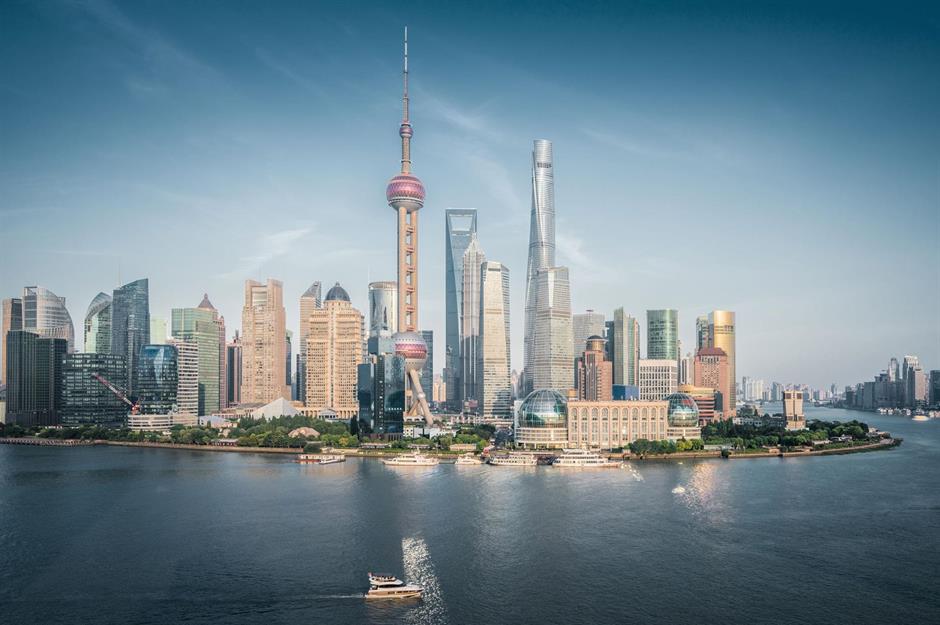
The global economy is worth a mammoth $86 trillion (£69.6trn). Yet what’s even more staggering is that 80% of that figure is hogged by just 20 countries. Using data published by the World Bank in 2019, we take a look at these economic powerhouses and how they got to where they are today. Counting down from the 20th biggest to the most enormous, we reveal the largest economies around the globe.
20. Switzerland – 0.82% share

Switzerland’s healthy economy can largely be attributed to a strong manufacturing industry. However, with Brexit and US-China trade conflicts weakening trade demand, the State Secretariat for Economic Affairs (SECO) recently warned that the export economy could slow down. Nevertheless, if conflicts are kept at bay, SECO economists believe that Swiss GDP which is currently $0.71 trillion (£0.58trn) will rise by 1.7% in 2019.
19. Turkey – 0.89% share

Turkey comes in at 19th place, with an economy worth $0.77 trillion (£0.63trn). Between 2010 and 2017, the economy grew at a compound rate of 6.6%, thanks to a construction boom. Yet since then, Turkey has fallen on tougher times, as the currency crisis caused the economy to shrink for the first time in a decade earlier this year.
18. Saudi Arabia – 0.91% share
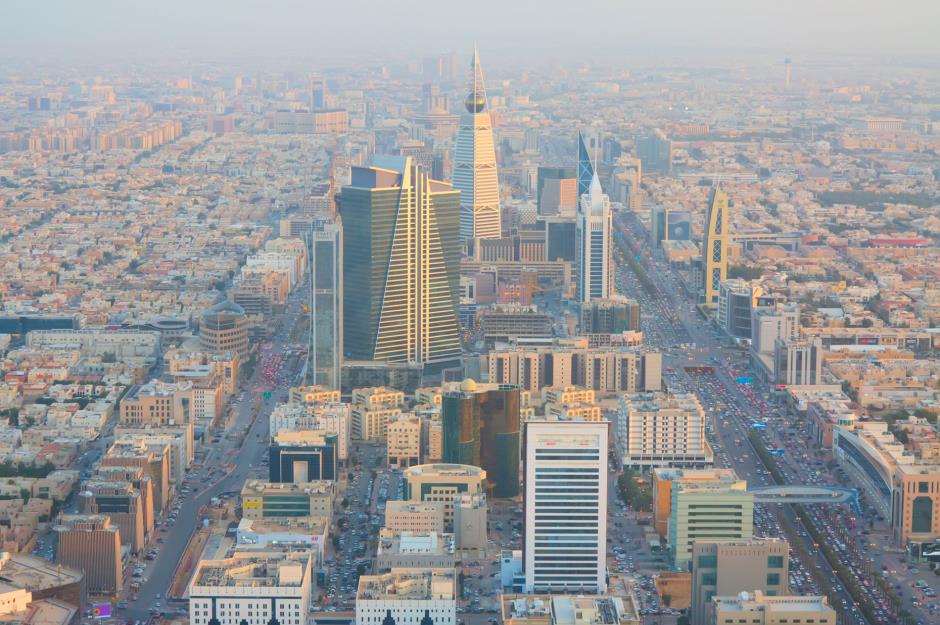
The Saudi Arabian economy grew by 2.8% last year according to the International Monetary Fund (IMF), with oil-related growth at 2.8% and non-oil related growth at 2.1%. Growth of sectors not related to oil is expected to continue, following governmental reform to try to wean the country off its reliance on the fossil fuel. The country's GDP is currently $0.78 trillion (£0.64trn).
17. Netherlands – 1.06% share
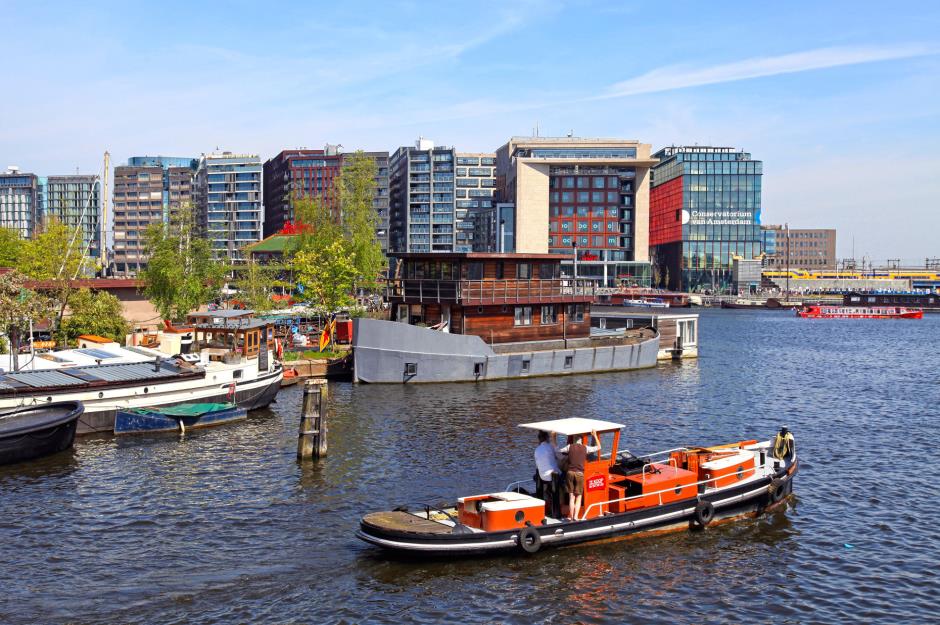
Experts fear that the US-China trade war and Brexit will negatively impact the Netherlands’ exports and domestic spending, with the rate of growth predicted to fall to 1.4% by 2020, according to the Netherlands Bureau for Economic Policy Analysis (CPB). The Netherlands ranks 17th in our list with an economy worth $0.91 trillion (£0.74trn).
16. Indonesia – 1.25% share
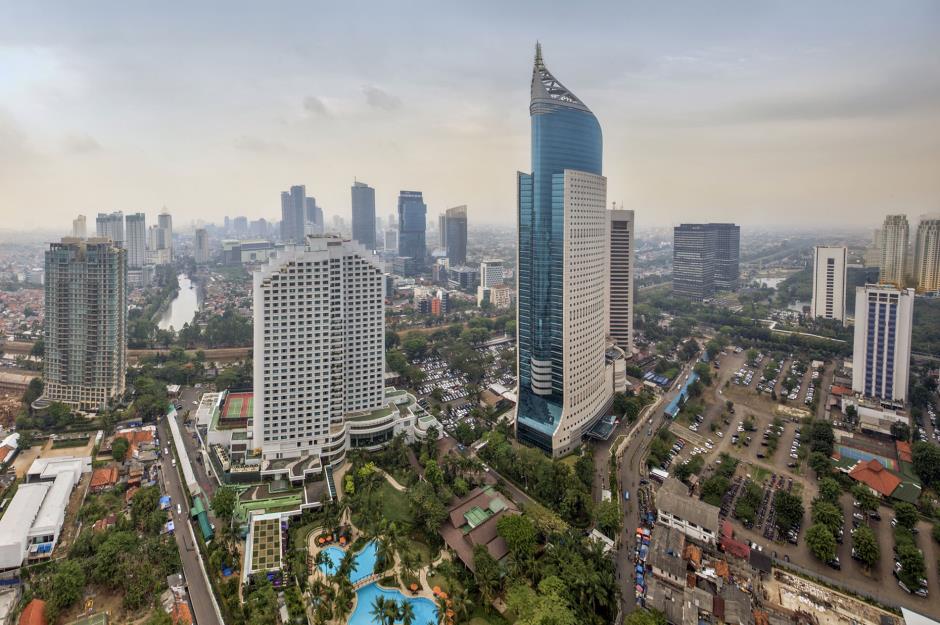
While the Indonesian GDP is high at $1.04 trillion (£0.84trn), the average person isn’t so well-off, with GDP per capita working out at just $4,284.70 (£3,470). To put that into perspective, that’s two-thirds lower than the average GDP per capita globally. In July 2019, the World Bank reported that Indonesia has maintained steady economic growth at rates between 4.9% and 5.3% over the past three and a half years.
15. Mexico – 1.43% share
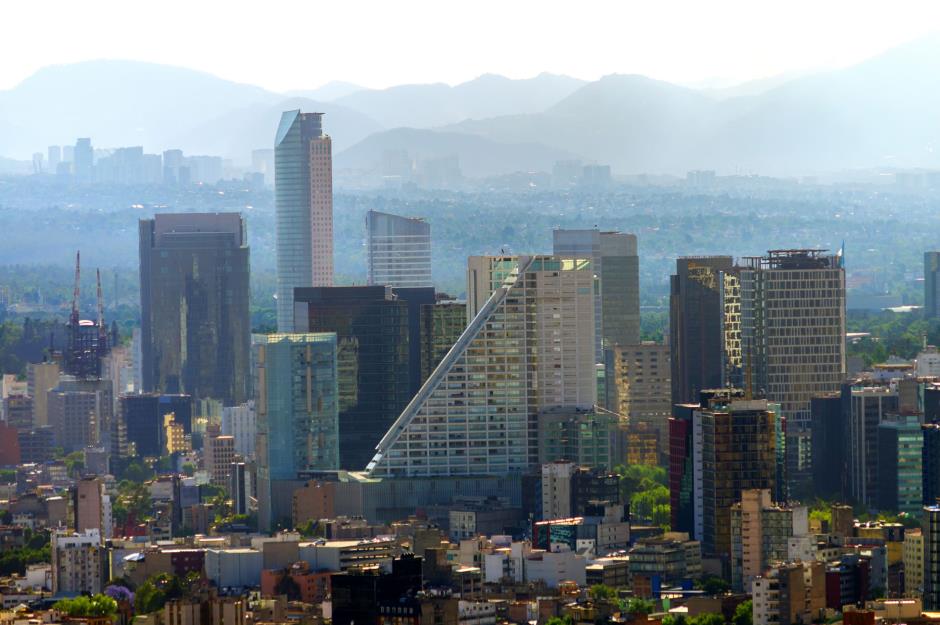
Mexico might be one of the biggest economies worldwide with a GDP of $1.22 trillion (£0.99trn) but growth has been sluggish lately, with Reuters analysts predicting a 0.8% rate of growth for 2019 and 1.4% for 2020. That’s due in part to slowed industrial production, declining investment and a weakening services sector. Mexico narrowly avoided recession in the first half of this year, with GDP growth at just 0.1% in the second quarter. Wealth is also poorly distributed: half the population live in poverty while the net worth of Mexico's richest person Carlos Slim Helú represents almost 5% of the nation's GDP.
14. Spain – 1.66% share
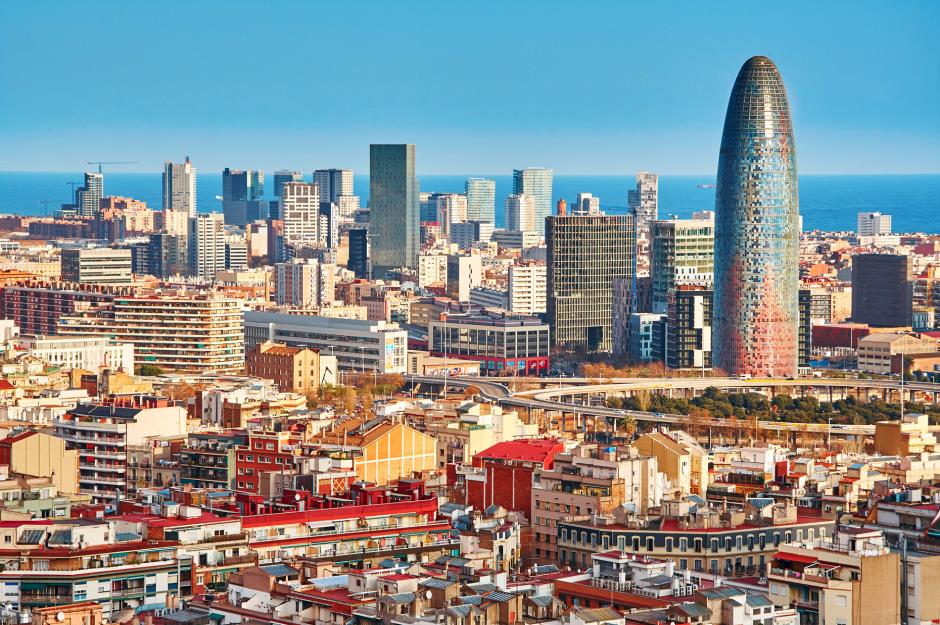
Next up is Spain. The country's GDP reached its zenith in 2008 at $1.64 trillion (£1.32trn) before the Spanish financial crisis battered the nation's finances with GDP falling to $1.2 trillion (£962bn) in 2014. Since then, the Spanish economy, which is buoyed on by manufacturing, financial services, tourism and agriculture, has entered into a period of strong recovery with GDP totalling $1.43 trillion (£1.15trn) at present.
13. Australia – 1.67% share
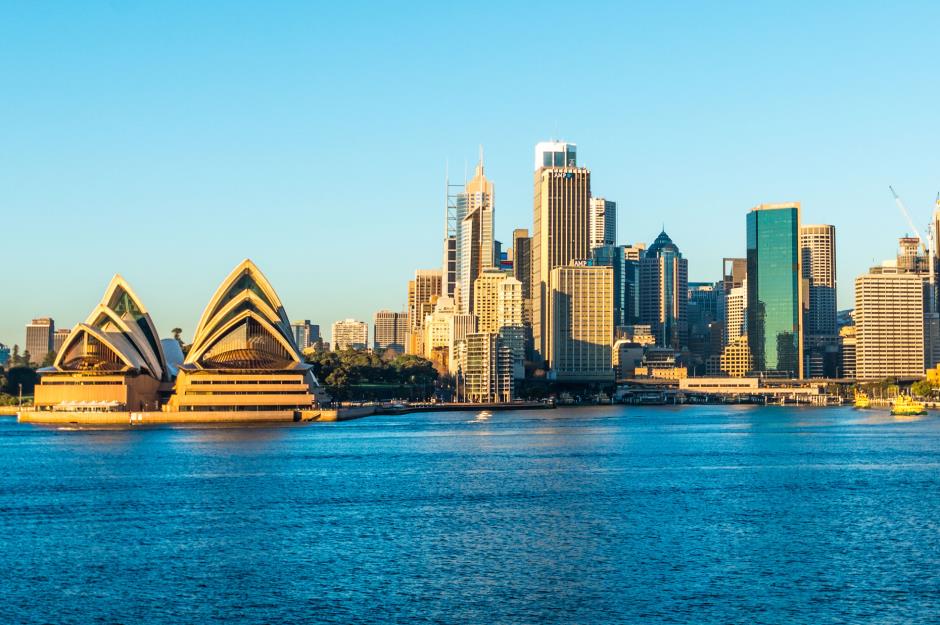
Though the Australian economy is largely services-driven, the country's abundance of natural resources has fuelled a mining boom, which peaked in 2013, pushing GDP to $1.58 trillion (£1.27trn) that year. It has since dropped to $1.43 trillion (£1.15trn). As Australia’s unemployment rates are rising and its rate of growth is sluggish – slipping from 2.4% last year to a predicted rate of 1.8% this year – experts fear that a recession could be on the horizon. Nevertheless, Australia holds the record for the longest run of uninterrupted GDP growth in the developed world.
12. South Korea – 1.89% share

South Korea has risen to become Asia's fourth-largest economy with a GDP of $1.62 trillion (£1.3trn), having transformed from one of the poorest nations on the planet to one of the richest in just a few generations, a process that has been dubbed 'the Miracle on the Han River'. The nation's principal industries, which are dominated by family-run conglomerates called chaebols, include hi-tech electronics, shipbuilding, services, automobiles and construction. However, Japan’s curb on exports to South Korea, which are essential to the manufacture of these electronical goods, presents a big risk to growth
11. Russia – 1.93% share

A combination of harsh economic sanctions, falling commodity prices and capital flight has ravaged the Russian economy since 2013 when GDP peaked at $2.3 trillion (£1.84trn). It has since plummeted to $1.66 trillion (£1.33trn). The most important money generators range from energy and services to arms. Russia scores poorly in terms of income inequality, with much of the nation's riches in the hands of relatively few people.
10. Canada – 1.99% share

Like Russia, Canada is exceedingly resource-rich with plentiful reserves of oil and natural gas. Logging is also key to the nation's economic success as are services and manufacturing. The country's GDP currently stands at $1.71 trillion (£1.4trn), down from a high of $1.84 trillion (£1.48trn) in 2013, mainly due to lower commodity prices and the depreciation of the Canadian dollar. The country comes in at 10th place on our list, accounting for almost 2% of the global economy.
9. Brazil – 2.18% share
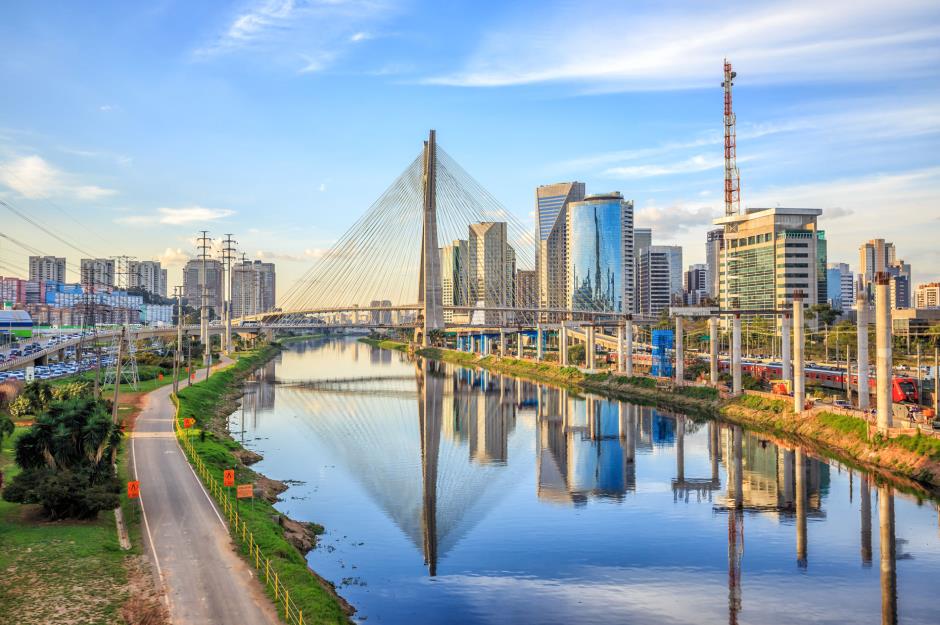
In August this year, the Financial Times reported that Brazil had narrowly avoided falling into recession after a 0.4% growth rate was recorded in the second quarter of 2019. Brazil's GDP peaked in 2011 when it surged to $2.62 trillion (£2.1trn), but since then the country's economy, which is driven by services, manufacturing and commodities exports, has contracted big-time as a result of falling oil prices, systemic corruption and a ballooning deficit. Brazil's GDP is now $1.87 trillion (£1.5trn). Following recent fires in the Amazon rainforest, and president Jair Bolsonaro’s inaction, the Brazilian government has been criticised for putting economic interests before ecological conservation. Wealth inequality is the most pronounced out of the top 15 according to the World Bank's Gini index with the gap between rich and poor particularly wide.
8. Italy – 2.46% share
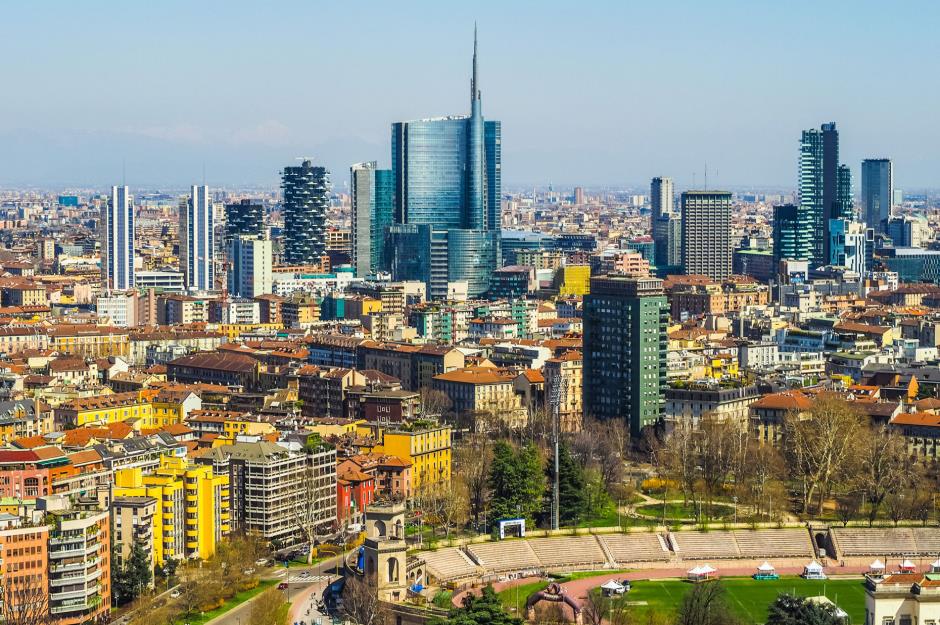
The third-largest economy in the EU and the trade block's second most important manufacturer after Germany, Italy excels in everything from luxury goods to automobiles, pharmaceuticals and agriculture. Still, the nation has struggled to recover from the 2008 global financial crisis and issues that hurt the economy such as widespread corruption persist. After peaking in 2008 at $2.39 trillion (£1.92trn), Italy's GDP currently stands at $2.07 trillion (£1.66trn). The rate of economic growth is predicted to be just 0.1% according to Reuters, and economic experts say that the government will try to tackle this through tax cuts and other growth-enhancing measures.
7. India – 3.18% share
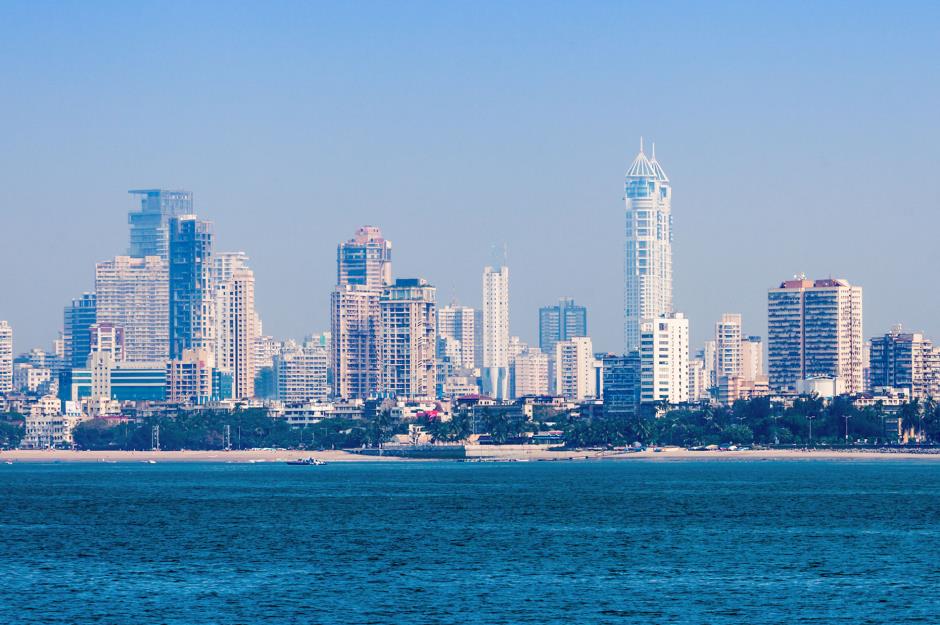
India has enjoyed phenomenal GDP growth since 2000 and last year alone the nation's economy grew by 7%. The service sector, including IT, is growing fast but the majority of the population is employed in manufacturing and agriculture, and poverty rates, while improving, remain shockingly high. In fact, while it’s the world’s seventh largest economy with a GDP of $2.73 trillion (£2.2trn), in terms of GDP share per person it languishes in 138th place globally according to the World Bank’s 2018 rankings.
6. France – 3.24% share

France's GDP hit a record high in 2008 at $2.92 trillion (£2.34trn) but dropped following the global financial crisis, but has since recovered pretty well. Today, the figure is $2.78 trillion (£2.23trn). Key sectors include services from finance and retail to tourism, telecoms, arms, pharmaceuticals and nuclear power, as well as advanced agriculture. Earlier this year, it was reported that its unemployment rates had fallen to a 10-year low of 8.8% in the final quarter of last year, with President Emmanuel Macron’s reforms cited as reasons for the decline.
5. UK – 3.29% share
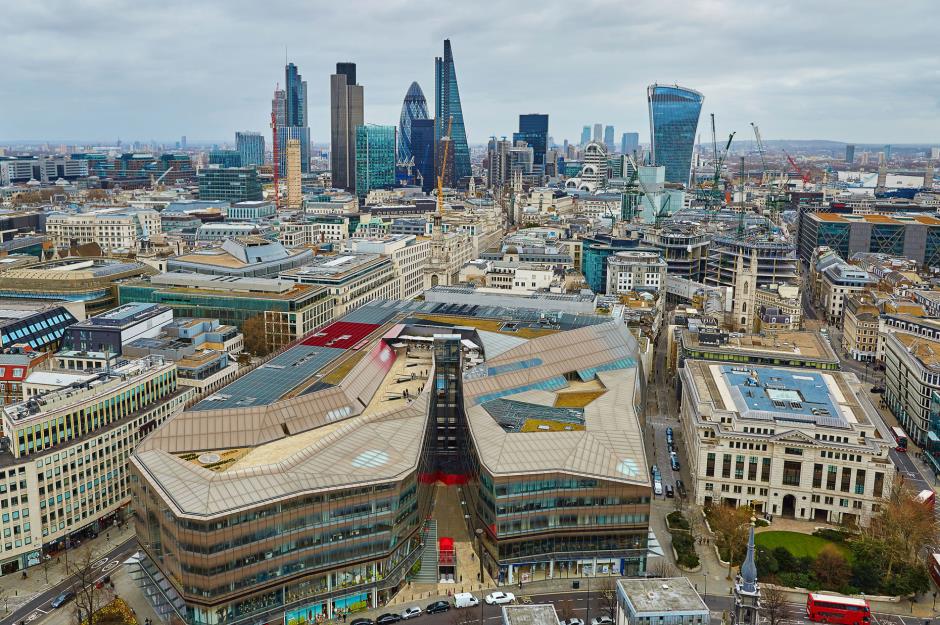
Like France, the GDP of the UK peaked before the global financial crisis, hitting $3.08 trillion (£2.47trn) in 2007. It now stands at $2.83 trillion (£2.27trn). Services, most notably financial services, dominate the country's economy. A no-deal Brexit should it happen is likely to hurt the country's growth prospects in a major way with some experts predicting the UK will be overtaken by France and India in terms of GDP. OECD predicts that a no-deal Brexit would cut 3% off Britain’s economic growth over the next three years, compared to a 0.6% drop for the rest of the EU.
4. Germany – 4.66% share
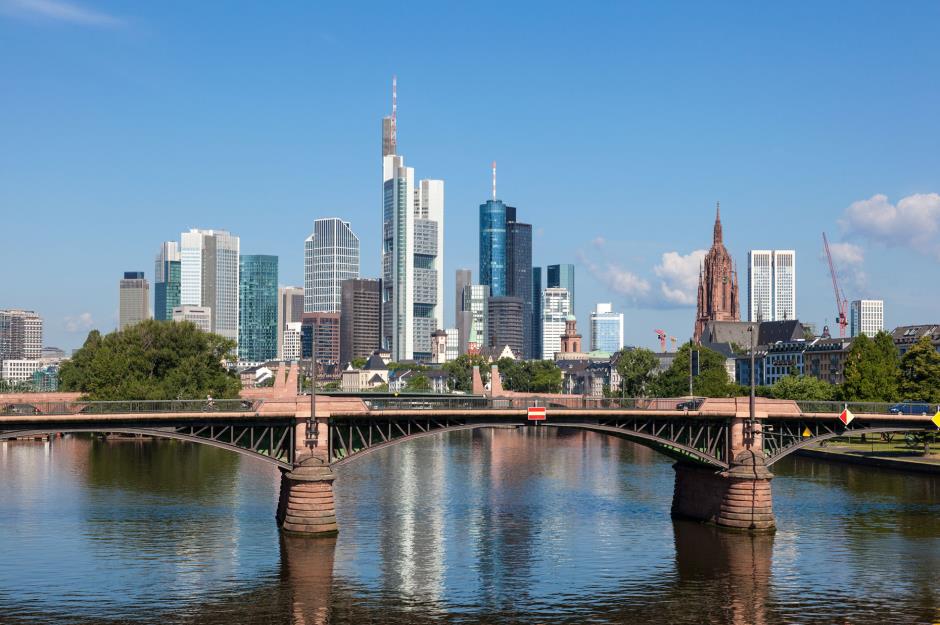
Europe's manufacturing powerhouse, Germany is one of the world's foremost exporters of products and has a super-strong services sector to boot. The country's export prowess and large trade surplus insulated its economy from the global financial crisis with GDP currently at an all time high of $4 trillion (£3.21trn). Although cracks have begun to emerge and according to data from the Federal Statistics Office, Germany narrowly avoided recession last year, with an annual growth rate of just 0.4%. Experts suggest the causes for this include a decline in exports and decreasing investment in the construction sector, both of which have been influenced by the US-China trade war.
3. Japan – 5.79% share
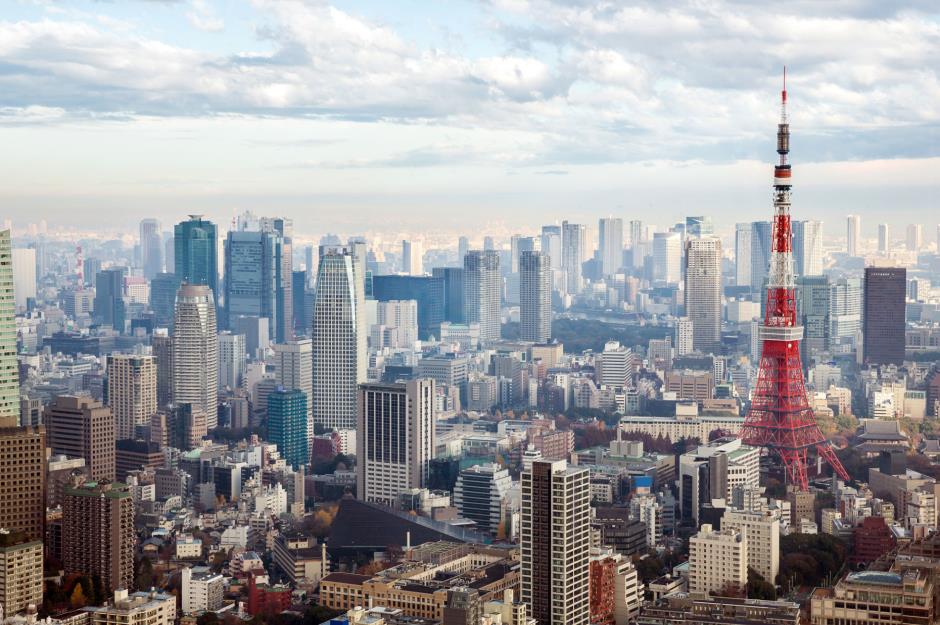
Japan has the world's third-largest economy. The country made huge strides economically following World War II but growth slowed during the 1990s though its GDP peaked at $6.2 trillion (£4.97trn) in 2012. The figure since fallen back to $4.97 trillion ($3.99trn). Notable industries include services from banking to telecoms, as well as hi-tech manufacturing.
2. China – 15.86% share
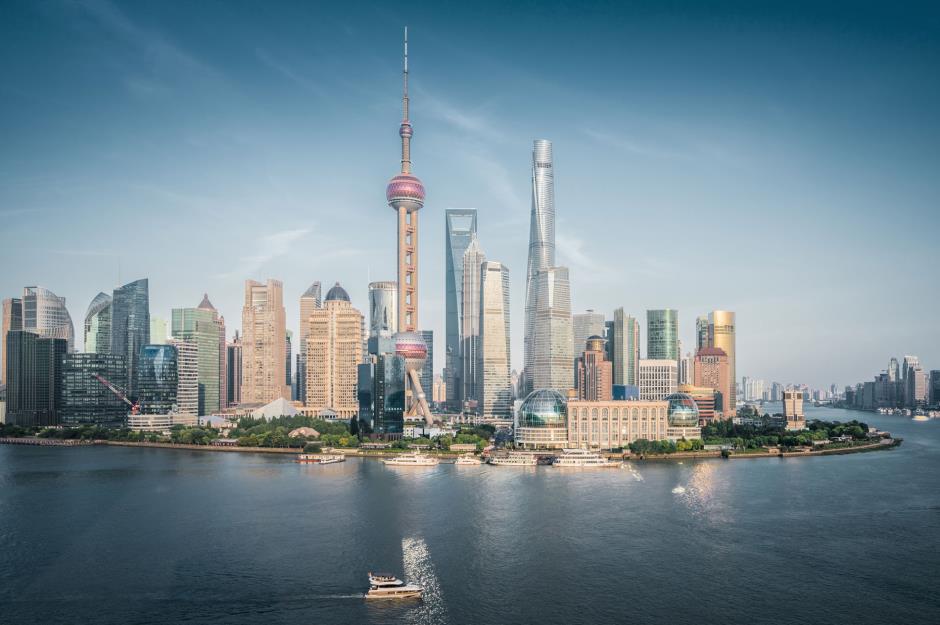
Since the passing of economic reforms in 1978, China's economy has advanced by leaps and bounds, and it remains one of the world's fastest-growing with a GDP of $13.61 trillion (£10.91trn). Although inequality remains an issue, 850 million people have lifted themselves out of poverty during this period. However, a slowdown has set in of late due to factors such as falling domestic demand and the intensifying trade war with the US. Key economic drivers include manufacturing – China leads the world in this sector – mining, retail, construction and tourism.
Chinese economic and business secrets the West could learn from
1. USA – 24.7% share
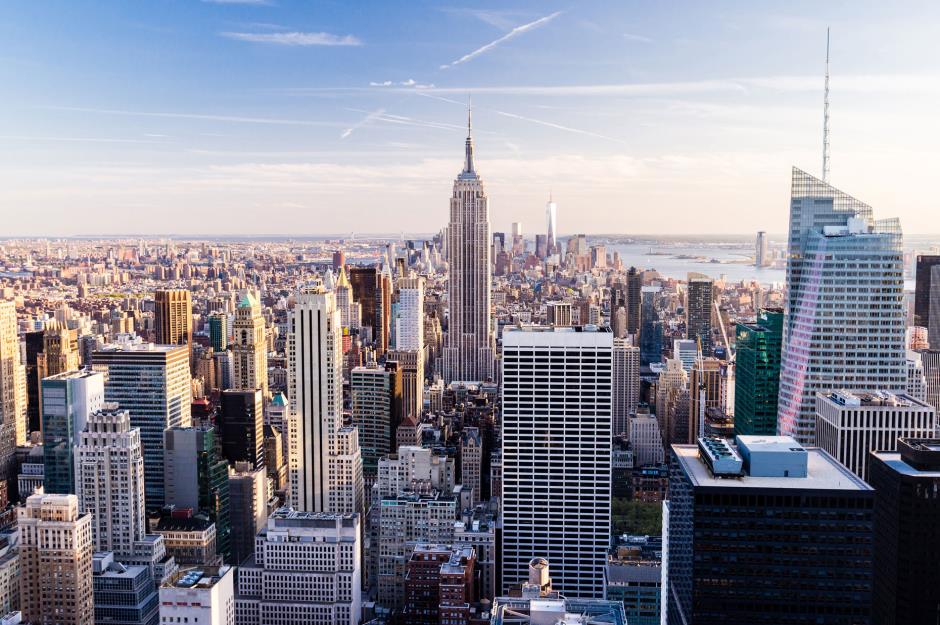
At the top of the pile is the US, which hogs almost a quarter of the global economy. The world's largest economy boasts an abundance of natural resources, stellar manufacturing industries and a highly developed services sector, which is the biggest on the planet, yet wealth inequality is rife. The nation's current GDP stands at a record $20.49 trillion (£16.43trn), but growth forecasts have recently been downgraded as the Trump administration's trade wars begin to bite.
Now discover America's top 20 imports and exports
Comments
Do you want to comment on this article? You need to be signed in for this feature